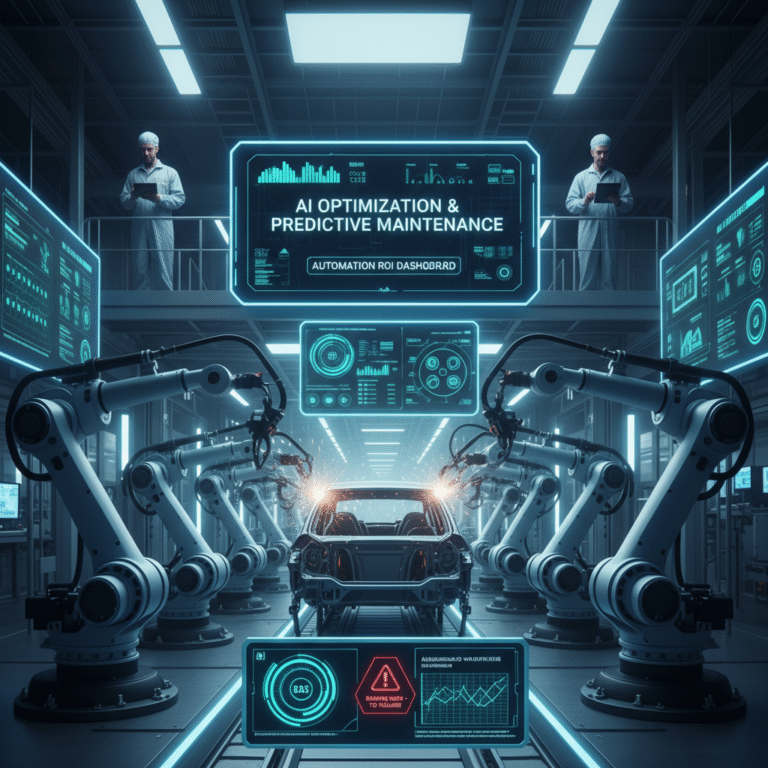Druid AI’s Virtual Authoring Teams: Revolutionizing Enterprise Automation
At the Symbiosis 4 event held in London on October 22nd, Druid AI unveiled its latest innovation—Virtual Authoring Teams. These advanced AI agents possess the unique ability to design, test, and deploy additional AI agents, marking a significant step toward what the company refers to as a «factory model» for AI automation.
Key Features of Druid AI’s Platform
Central to Druid’s offering is the Druid Conductor, an orchestration engine that integrates data sources, tools, and human oversight within a unified framework. This platform allows organizations to develop enterprise-grade AI agents up to ten times faster than traditional methods. Additionally, it includes built-in compliance safeguards and robust ROI tracking mechanisms.
Complementing the Druid Conductor is the Druid Agentic Marketplace, a library of pre-configured, industry-specific AI agents tailored for sectors such as banking, healthcare, education, and insurance. This marketplace democratizes access to agentic AI, making it usable by non-technical professionals while maintaining enterprise-level scalability.
Competition in the Agentic AI Space
While Druid AI leads the charge, it faces competition from other prominent players including Cognigy, Kore.ai, Amelia, Google’s Vertex AI Agents, and Microsoft’s Copilot Studio. Each solution approaches agentic AI differently, focusing on specific aspects such as workflow automation, conversational capabilities, or seamless integration with existing IT infrastructures.
Challenges and Risks Associated with Agentic AI
Despite the potential benefits, implementing agentic AI comes with notable risks. Organizations must grapple with organizational changes, potential biases, compliance issues, and increased security vulnerabilities. Furthermore, the concept of autonomous agents raises concerns regarding accountability and oversight, especially as these systems grow in complexity.
Enterprise Attraction and Practical Applications
Enterprises are drawn to agentic AI due to its potential to streamline operations, reduce costs, and enhance efficiency. Druid’s Virtual Authoring Teams exemplify this trend by automating repetitive tasks and enabling faster deployment through its marketplace of specialized agents. Sectors facing talent shortages and stringent regulations find this proposition particularly attractive.
Future Directions and Balancing Act
Looking ahead, businesses must carefully balance autonomy with accountability. While full independence might seem desirable, most organizations will likely adopt a hybrid model where humans maintain supervision over partially autonomous systems. This approach ensures that the benefits of agentic AI can be realized without compromising on safety and control.
Conclusion
Agentic AI holds immense promise for transforming enterprise operations, but its widespread adoption depends on addressing current challenges and achieving consistent, demonstrable results. As Druid AI and competitors continue to refine their offerings, the coming years will reveal whether agentic AI becomes a cornerstone of modern business practices or remains a niche technology.


